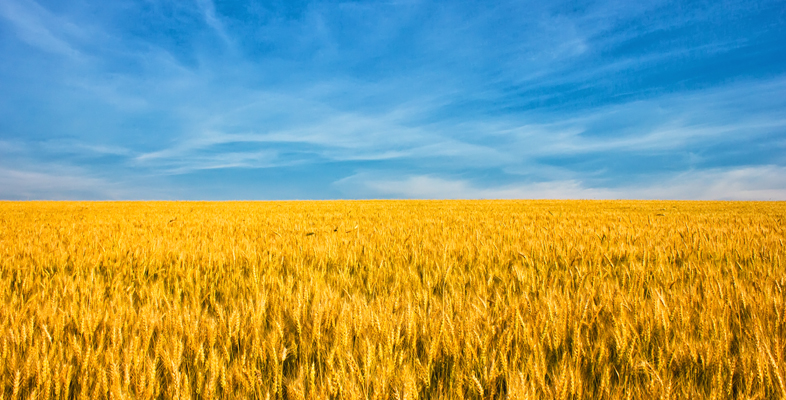9 Ukrainian cuisine
Each cuisine is a reflection of the nation’s past, its geography and economics. It develops through the ages via contacts with other nations, enriching itself and influencing cuisines of other nations.
Ukraine’s landscape and natural conditions vary in different regions. Because of this Ukrainian cuisine was destined to be regionally diverse. For example, we can see a number of fish dishes on the South, which is washed by the Black Sea and the Sea of Azov, and a wide use of fresh and dried mushrooms on the North and in the Carpathian Mountains, which are covered with forests.
History and contacts with neighbouring nations had and have a strong imprint on Ukrainian cuisine. In Western Ukraine one can find dishes similar to Polish cuisine.
Currently there is a strong interest in Ukrainian cuisine among Ukrainians and professional chefs in Ukraine. New restaurants of traditional and modern Ukrainian cuisine were opening all over Ukraine before the Russian invasion started.
The only Ukrainian dish widely available in English supermarkets is chicken Kyiv but the most famous Ukrainian dish is, of course, borshch.
Although it is known in cuisines of other nations, nowhere else it has so many varieties and uses as in Ukraine. Borshch is a soup, the main ingredient of which is beetroot. The word ‘borshch’ means ‘beetroot’ in Old Ukrainian. Borshch is an everyday, feast and ritual dish. One can find it in Ukrainian homes any day of the week, at weddings, funeral dinners, christenings and on Christmas Eve. Although there is a traditional list of ingredients for it, every person cooks it differently. The same person may cook borshch differently depending on season and mood. There are red, green and rare yellow and white varieties of borshch. There are also hot and cold types of borshch. It can be cooked as a vegetarian dish, as well as using meat or fish.
On 1 July 2022 borshch was included to the UNESCO List of Intangible Cultural Heritage in Need of Urgent Safeguarding. The reason for this was the Russian invasion of Ukraine, which endangered the Ukrainian nation and its culture.
And remember: if you tried borshch somewhere and were not impressed by it – it means one thing: it means you have not found the one cooked to your taste.
This brings us to our hope story.
